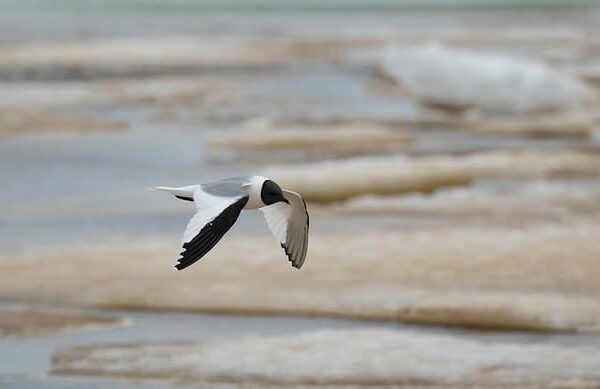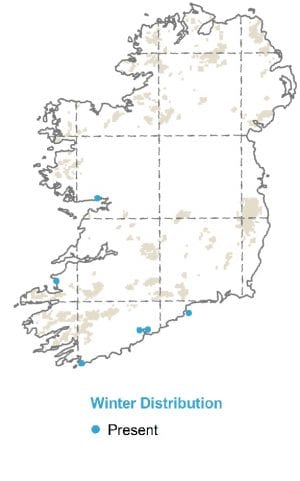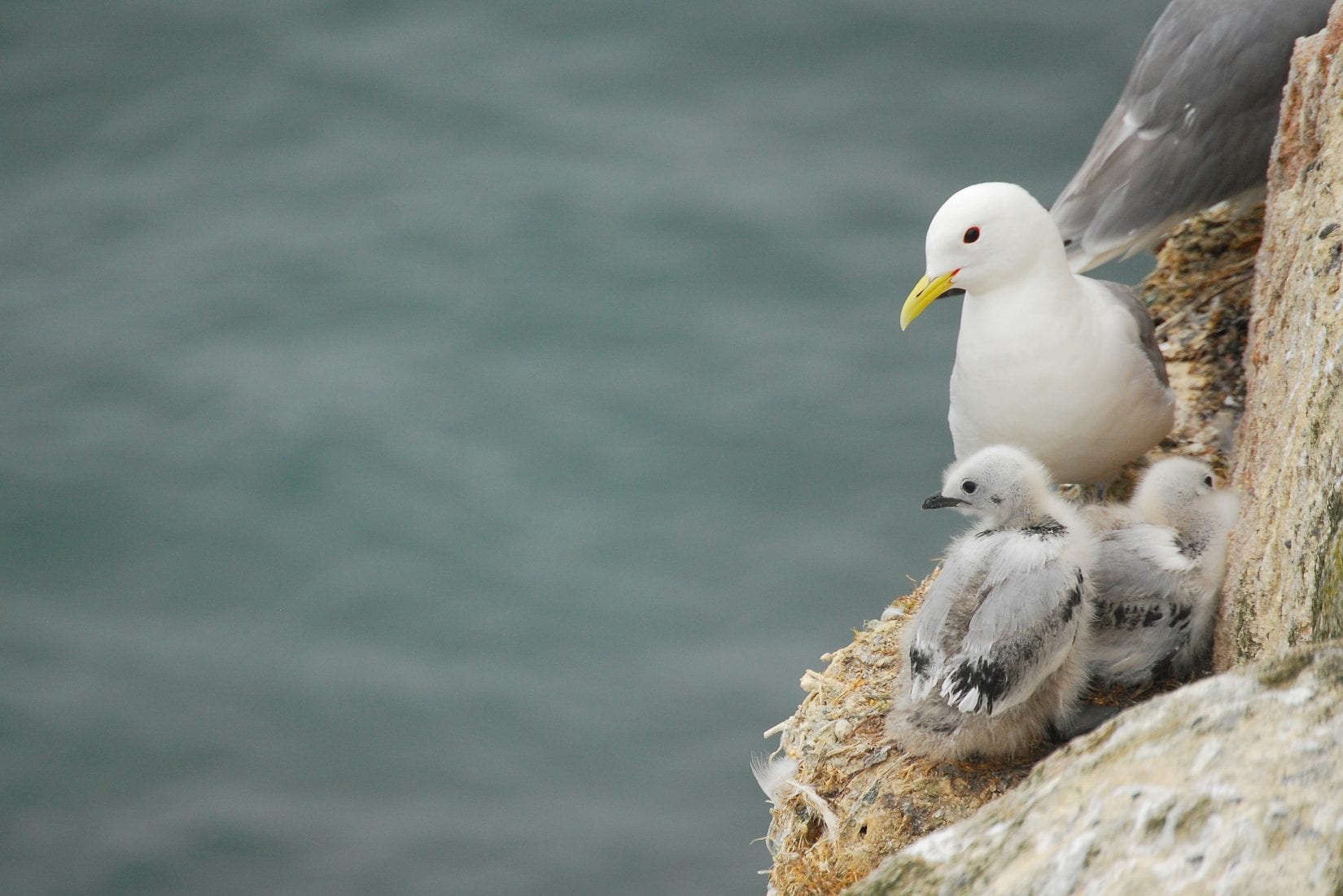
Sabine’s Gull
| Irish Name: | Sléibhín Sabine |
| Scientific name: | Xema sabini |
| Bird Family: | Gulls |
green
Conservation status
Conservation status
Status
Scarce passage migrant off the west and south coast from August to November. Rare in the Irish Sea in September and October.
Identification
Slightly smaller than Black-headed Gull. Adult summer Sabine's Gulls have a black head, legs and bill, the latter having a yellow tip. The back is dark grey contrasting with the white underparts. In flight, a thick black band is noticeable on the primary feathers of the wing, with a broad white section on the inner primaries and secondaries. The rest of the wing is dark grey. Adult winter Sabine's Gulls are similar to adult summer, but have much less black on the head - usually restricted to a patch on the nape. Most adult Sabine's Gulls seen in Ireland tend to be in winter-plumage, though full summer-plumaged birds are infrequently seen. Juveniles appear quite different to adults, with head and neck being dusky brown. The back is also a neatly scaled grey-brown colour, while the tail has a broad black band at the tip. On the wing, the dark grey of the adult is replaced by brown.
Voice
Usually silent when seen in Ireland.
Diet
Sabine’s Gulls forage for small marine fish and plankton on the open ocean.
Breeding
Does not breed in Ireland. The majority of Sabine’s Gulls breed in the high Arctic of Greenland, Canada and Siberia.
Wintering
This species winters in the South Atlantic off South America and South Africa. In Ireland, most Sabine’s Gulls are observed moving south from their breeding grounds in autumn, with only a few returning birds seen in spring.






